
July 2015
- HEAD PROTECTION: Heads Up!
- FALL PROTECTION: Fall Protection for Iron Workers
- FALL PROTECTION: The ABCs of Personal Fall Arrest Systems
- BEHAVIOR-BASED SAFETY: What Were You Thinking? The Key to Communicating More Effectively
- OSHA COMPLIANCE: OSHA-Related Documents: Creation and Retention
- TRAINING: Adult Learning Principles for Safety Training
- TRAINING: The Scary Truth About Safety Training
- HAZMAT: Hazmat Identification, Control, and Emergency Response: The Fundamental Weakness in the System
- HAZMAT: Three Hazmat Rules Every Employee Can Remember
- GHS/SDS: The Ripple Effect of Missed GHS Deadlines
- EMERGENCY SHOWERS/EYEWASH: Coordinating Guidelines and the ANSI Z358.1 Standard
- RESPIRATORY PROTECTION: The More Things Change...
- CONSTRUCTION SAFETY: OSHA's New Confined Space Standard
- EMERGENCY RESPONSE: Plan, Prepare and Recover: How Businesses Can Manage Through Emergencies
Cover Story

By Hugh Smith
All workers exposed to falls should be trained by a competent person to recognize fall hazards and to be familiar with available control methods and equipment.
Features

By Mark A. Lies, Ilana R. Morady
It is important to note that any documents produced can be utilized to issue citations, thus, the employer should not produce any documents unless required by law.

By Casey Hayes
While ADA has no specific guidelines for eyewashes or eye/face washes, it does outline other guidelines that can be helpful, such as maximum sink and/or counter height.

By Marty Sharp
It is imperative that you select only equipment that has been tested and approved to tie off at foot level or below.
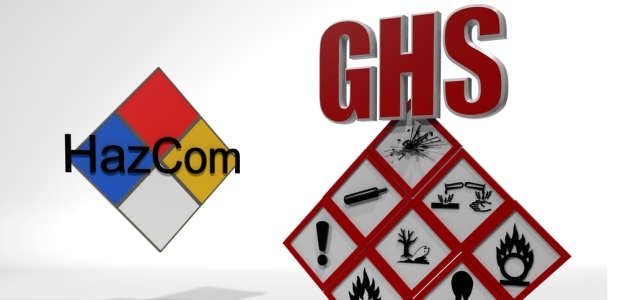
By Glenn D. Trout
How employers are experiencing the impact of the missed deadlines and what they can do to get on the right path toward full GHS compliance.

By Joseph A. Saccaro
Safety training can make a substantive impact on employee morale when instructors take this approach.

By Chris Irwin, Jessica Smith
It is generally agreed that this new standard was written to mirror many facets of its general industry counterpart.

By Sally J. Smart
Just as important as actually wearing a hard hat when needed is making sure the hard hat fits properly. Hard hats must fit securely to provide maximum protection.
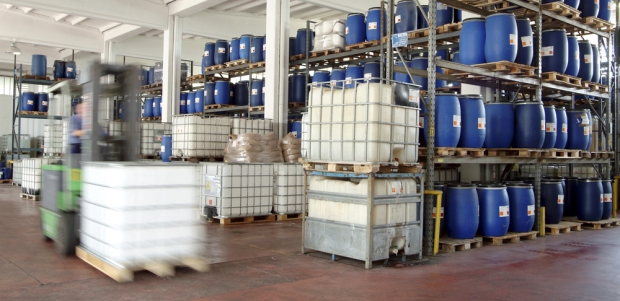
By Karen D. Hamel
Teach employees to get into the good habit of reading every label every time they pick up or pour from a container.

By Joseph White
The occurrence of experientially based at-risk behaviors driven by anticipated gains that outweigh any perceived costs is not limited to the highways or to drivers; it occurs all too often in the workplace.
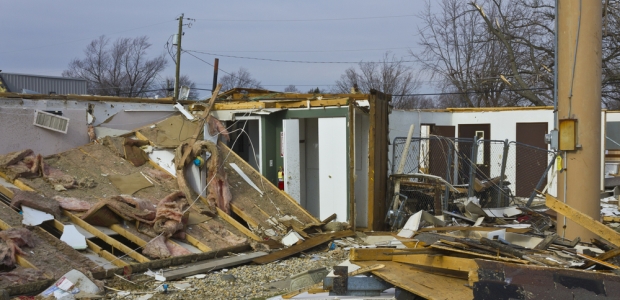
By Tom Heneghan
Smaller companies often struggle, not knowing where to turn or having the budget to develop a robust business continuity plan.

By Jeff Dalto
Your employees bring a lifetime of experiences to every training session. Sometimes they’ll know more than you do about specific hazards and safety conditions in their current jobs.
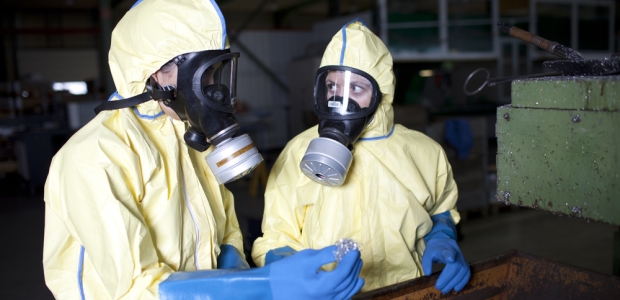
By Greg Zigulis
Training about a company's respiratory protection program and the uses and limitations of the respirators in use is still training, even if more delivery options are available.
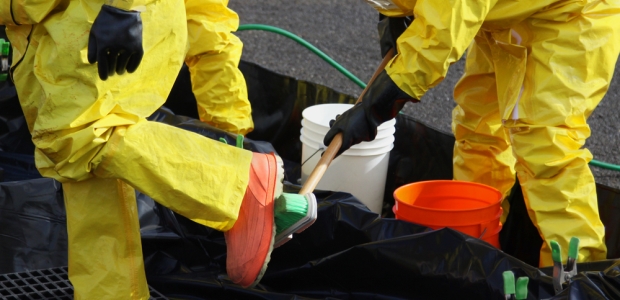
By Jim Giermanski
The solution includes the development and use of electronic standards and methods for automatically identifying hazardous materials and waste.
Departments
By
For BBS to work, the organization must have a culture ready for the tool to take them to the next level.
By Robert Pater
Leaders take control of themselves first. They have to discipline themselves to not kneejerk attack disaffected workers.
By Jerry Laws
If you haven't taken the time to attend any of these OSH conferences, you're missing a golden opportunity to learn and network.